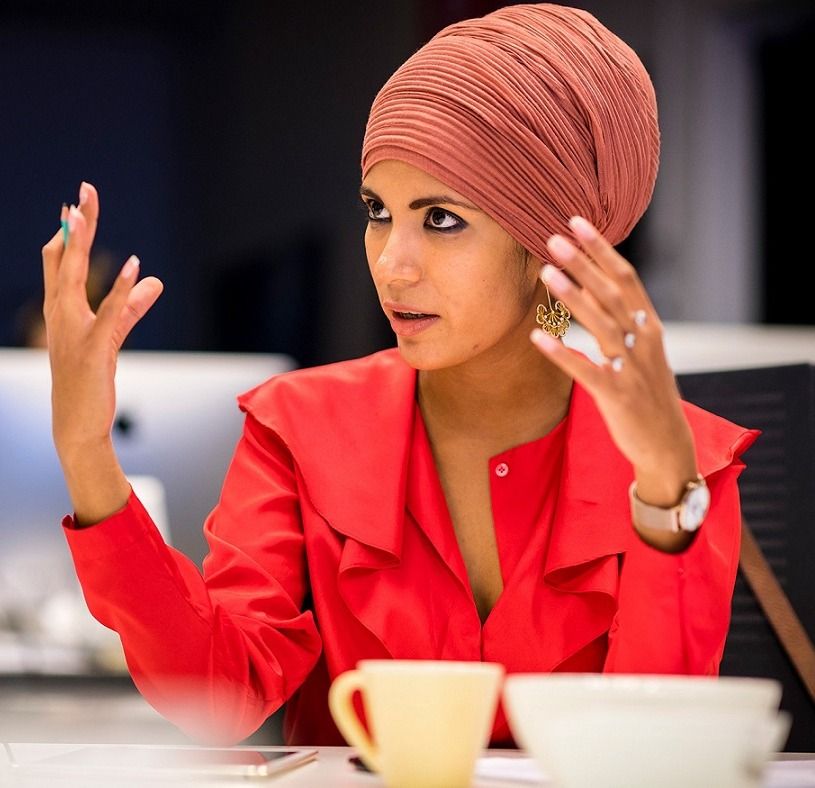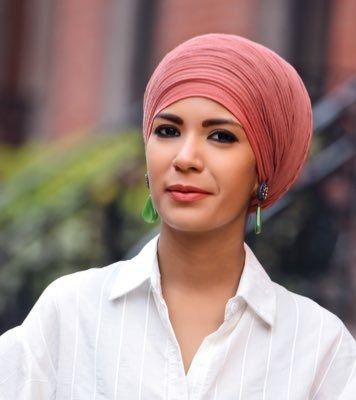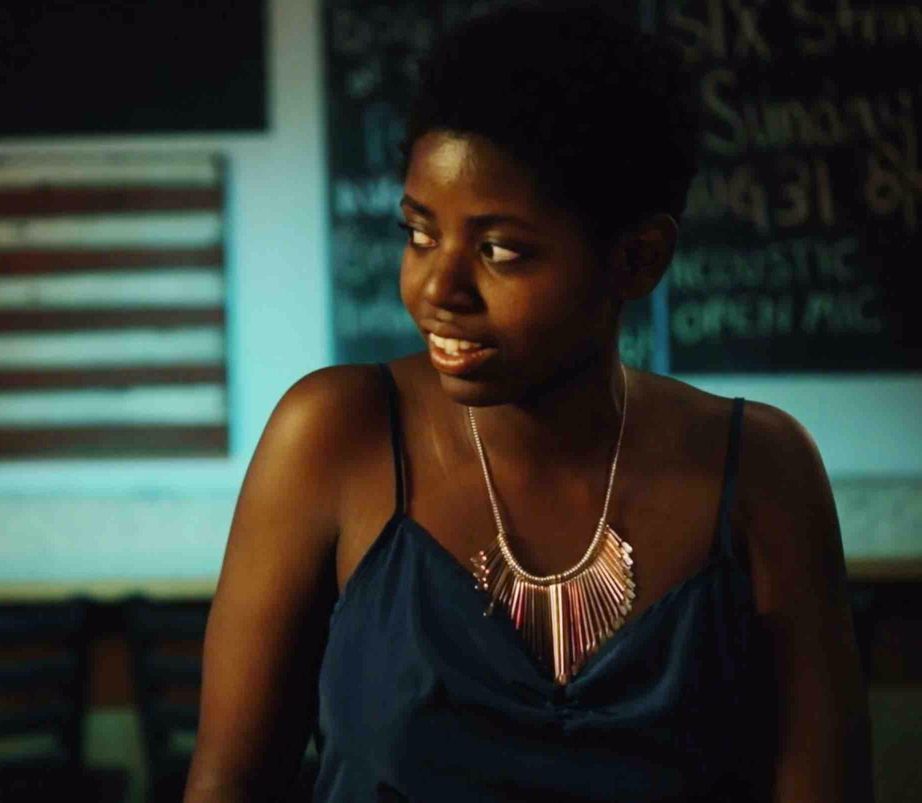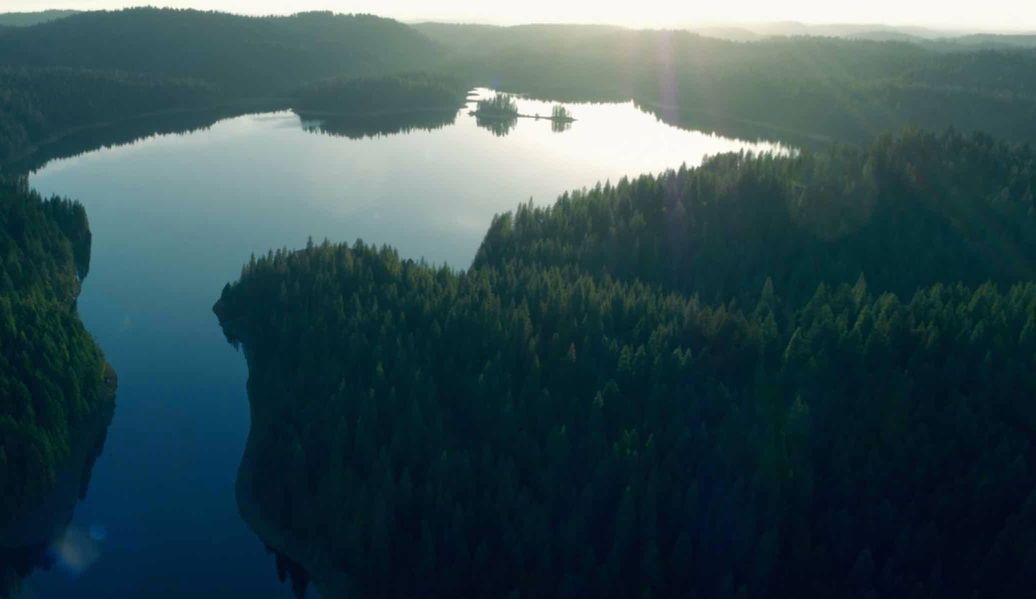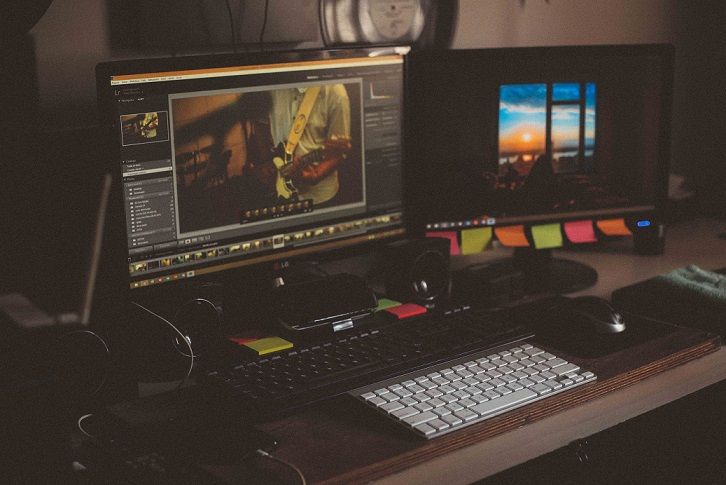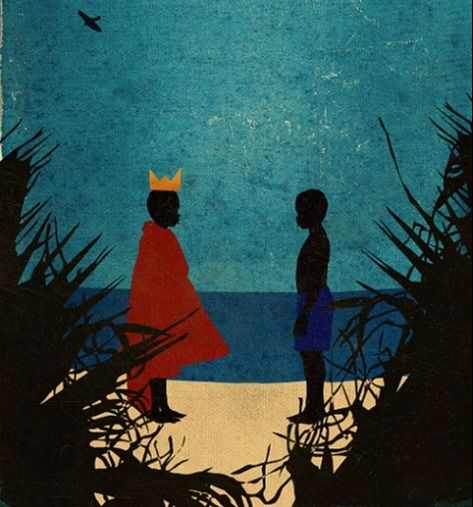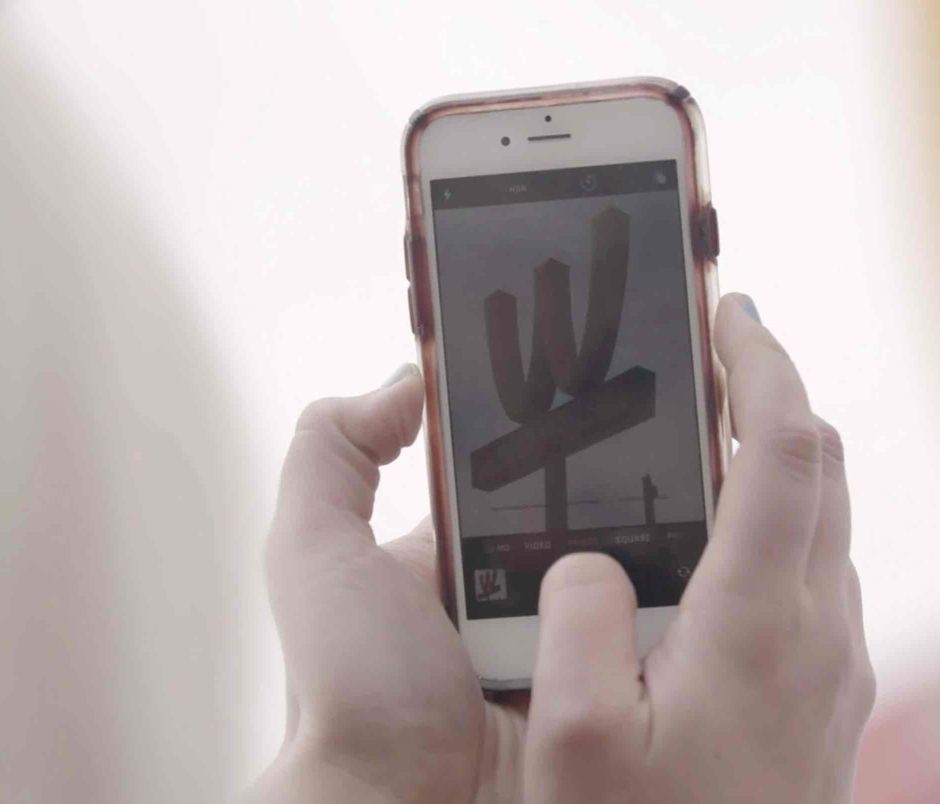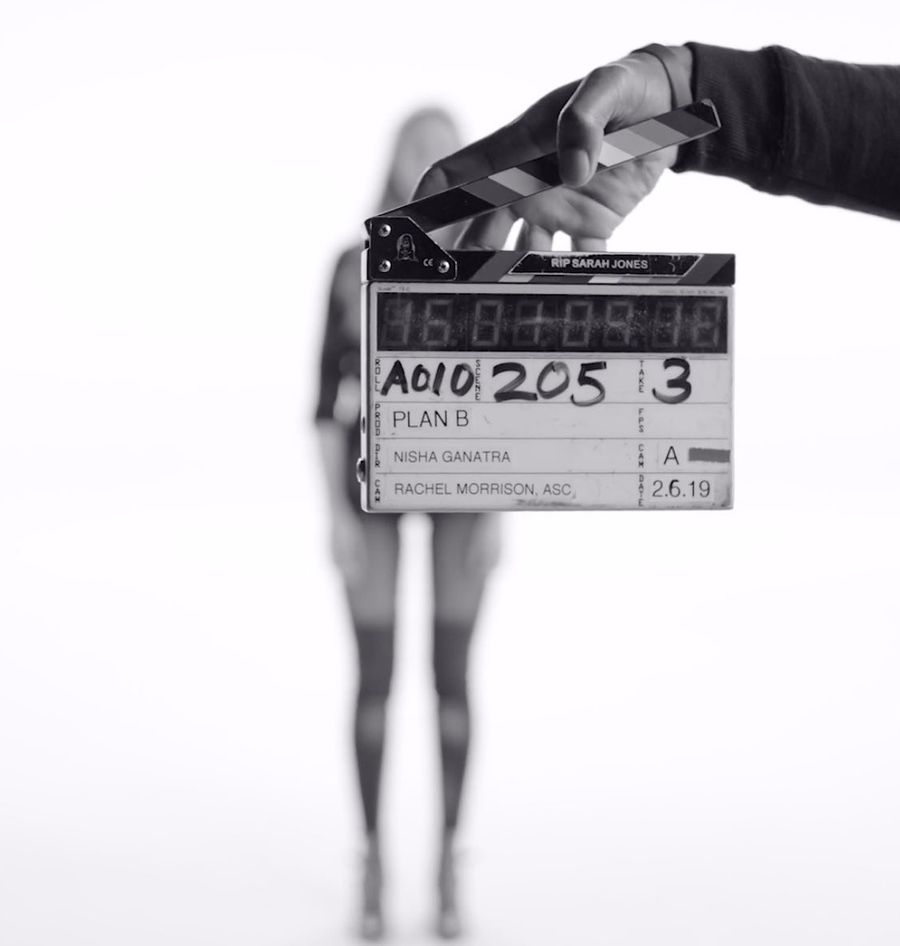Now more than ever, it’s easy to avoid the news at all costs. We can just scroll past news videos on our feed, or switch to a different channel on our TV. But, immersive technologies—AR, VR, and 360º video—give hope that news outlets can change and deepen people’s understanding of current events. We can feel like we are physically present in places like refugee camps, hard-to-access countries, and even space stations. This is why immersive content has made an especially large impact in the world of journalism and documentary filmmaking. For the first time in history, the new technology grants people the ability to feel connected to current events instead of simply spectating from afar.
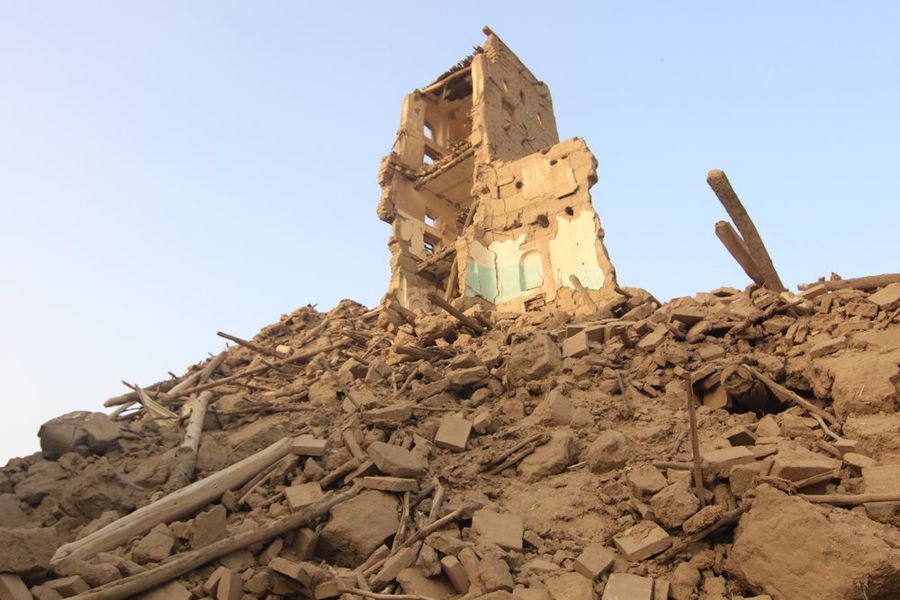
At the forefront of VR journalism is AJ Contrast, Al Jazeera’s pioneering immersive storytelling and media innovation studio that focuses on unrepresented communities hit hardest by conflict and inequality. AJ Contrast believes that diversity in the media and storytelling is a social justice issue and vital for authentic storytelling. Their editorial process involves collaborating with people that are connected to the stories they tell. AJ Contrast is part of the Digital division for Al Jazeera Media Network, one of the largest and most diverse global operations, broadcasting news to 310 million households in more than 100 countries. This year, AJ Contrast has gained a nomination for the News and Documentary Emmy Award for its VR/360º experience, Yemen’s Skies of Terror. And here’s a bonus fact: the studio happens to be entirely led by women!
We spoke with AJ Contrast Head, Zahra Rasool, and asked her to inform us on the new era of VR journalism, the lengths that she and her team have gone for a story, and how you (yes, you) can join in this new era of immersive journalism.
Can you tell us how you first started working in VR?
Zahra Rasool: My background is in traditional investigative documentary journalism. That’s what I went to school for, and I started working as a producer in investigative documentary on TV. Then I left that to start Gistory. In the journalism space, VR started gaining traction around 2013 or 2014 when news companies started putting out stories in VR and looking at other forms of storytelling. When I was at Gistory, I was approached to be the managing editor of RYOT, which is a media company that uses immersive technologies to do storytelling (it eventually got acquired by Huffington Post). From there, Al Jazeera Digital approached me to lead the creation of a sort of innovation studio for them. That was the genesis of AJ Contrast.
AJ Contrast was imagined as not just a VR studio, but a testing lab within digital where we could experiment with new forms of storytelling, new formats, and new kinds of technologies to further the journalism and storytelling that Al Jazeera already does.
"I think that if you are committed to improving communication and collaboration, the stories that you’re able to tell become so much more nuanced and authentic and more capable of successfully giving a perspective to people that is not available in the mainstream."
How does your team decide which stories to cover in VR?
One of the very crucial things for me when starting AJ Contrast was addressing the issues that I was seeing and experiencing within the immersive space of journalism and VR content creation. VR production relies on having access to the tools, and since some of them are very expensive, the people who can use them are a very privileged few. So I wondered: How do you democratize the access to not just the tools but also the capacity among people who might not get the opportunity to use them? How can we make sure that we’re actually collaborating with communities of color and people from the Global South to tell their stories rather than simply reporting on them? These questions became the foundation, the goal, and the mission of AJ Contrast.
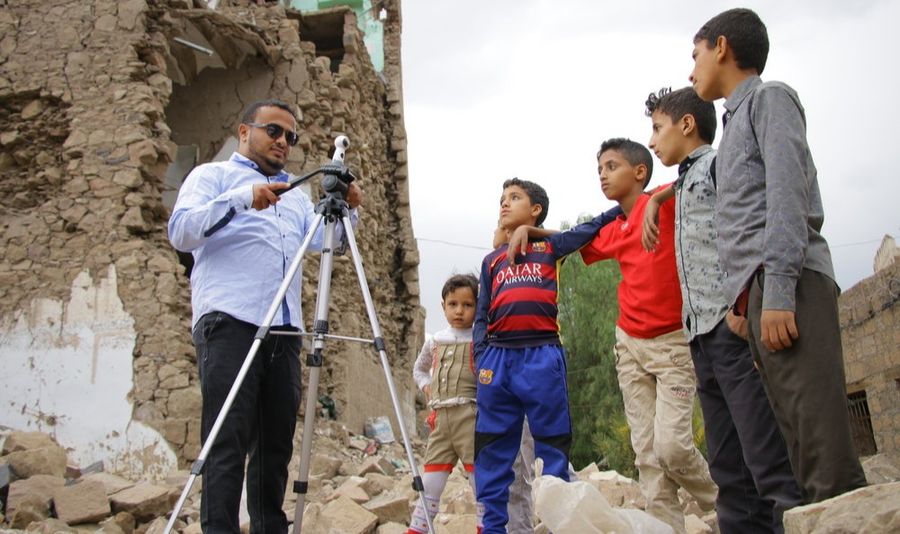
You worked with local journalists on Yemen’s Skies of Terror—how did you give them access to the technology and teach them how to film their surroundings when you weren’t physically in Yemen?
It’s not easy. We didn’t have access to Yemen while making Yemen’s Skies of Terror because it’s a hard place to go into, but we worked with UNESCO. The org was having a training workshop in Jordan for journalists from inside Yemen so AJ Contrast sent cameras and manuals (which were translated into Arabic) to Jordan. Then, our contact from UNESCO handed the cameras and manuals to the Yemeni journalists. Once the journalists went back to Yemen, we used WhatsApp and Facebook messenger and audio to train them on how to use the camera.
Filming was a back-and-forth process of over four months for a six and a half minute video. The journalists would shoot and collect footage, we’d review their footage, and then we gave them notes on what they could do better. It was also time consuming because they didn’t have good internet access there, so it took them quite a while to upload footage to send to us. Sometimes they had to go to the UNESCO office and upload footage from there. We also put so much focus into making sure that the journalism of the piece is robust and that everything is fact-checked. We first worked with Yemen Data project and with Human Rights Watch in order to make sure all of our data was verified. We combined our original reporting about Yemen with the stories that Manal Qaed Alwesabi and Ahmed Ahmad Alghobary were sending us from inside their country.
With Living in the Unknown, AJ Contrast’s documentary about Uighyur Muslims, access was very hard, which is why we filmed in Turkey instead of China. But I think that if you are committed to improving communication and collaboration, the stories that you’re able to tell become so much more nuanced and authentic and more capable of successfully giving a perspective to people that is not available in the mainstream.
AJ Contrast even has a training initiative called My People, Our Stories which is a week-long program we do with communities around the world. We do workshops where we provide the technology and lessons so local people can produce their own VR film. By the end of the week, they actually will have a piece that will be published on Al Jazeera English for international distribution. Then, they get to keep the camera and other equipment so that they could continue to produce. This builds our base of freelancers in places where it might be harder to get access to the technologies. So far we’ve taken My People, Our Stories to South Sudan, Za’artari Refugee Camp in Jordan, and the Complexo do Alemao favela in Rio. We even worked with the homeless community in LA in collaboration with USC Annenberg. And I think that is by far one of my favorite things that we do at AJ Contrast—it’s actually working with the communities.
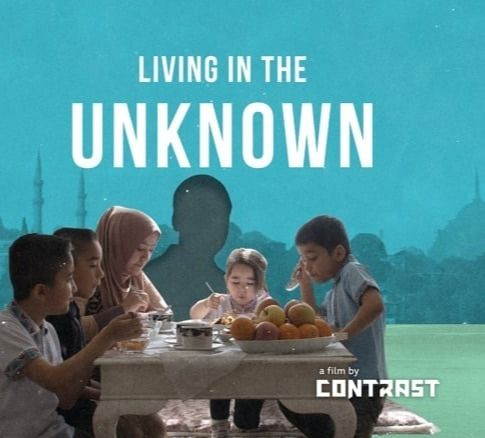
Are there certain universal rules about how to film VR documentaries?
The main questions to answer first are: Why should this story be filmed in VR? Is this story necessary to be filmed with this technology? Just because you can film in VR, doesn’t mean you should. The distribution for VR is still difficult. Even though the AJ Contrast app is available on the Oculus Go and Samsung Gear VR and select documentaries can be viewed on the HTC Vive, few people have access to a VR headset.
The way you’re going to answer those questions is by also asking: Is filming it in VR going to add additional information to our audience than something that already exists? Is the location and the surrounding/where you are immersed in an important part of the story that you’re telling? For certain topics, watching the story in the headset or in 360º formats definitely adds to the information that is already available about the issues that we cover. In Yemen’s Skies of Terror, when you’re watching it in the headset, you are actually walking down the streets of Sanaa, you can see these kids who are talking about the destruction, and you are actually able to experience what they are experiencing.
For these kinds of stories, it’s also important to ask: Is there enough action that is happening that your story can move forward? Because if you’re just filming locations and there’s nothing happening, then why not just do that in a traditional format? We have to be very aware of if there’s enough action and enough stimulation for a viewer.
How many people usually make up a crew and what positions do you need when filming in the field?
A crew really differs from documentary to documentary. Currently, my core team at AJ Contrast is made up of 5 people. But depending on the stories that we’re covering, we of course put together a larger crew. A lot of the time that includes people from the communities that we’re working to cover. For example, when I directed the documentary Oil in Our Creeks, I went to Nigeria to film the documentary and worked with a co-producer who was Nigerian. We also worked with other local people who were fixers and who were part of NGOs that were helping us get access. So on the ground, the crew was around six to seven people for that documentary. So crew size really depends on the location that we’re in and the story that we’re covering.
Roles and crew size also depend on what kind of camera you’re using. I mean, one person can definitely film and direct for these, but I think it becomes difficult. If you’re using the very basic Samsung Gear 360º camera, it’s very easy to be able to film and then capture audio at the same time. But if you’re going to use the more higher-end cameras, like the Z Cam, the Google cameras, or the GoPro Rig, then it’s difficult to handle filming alone. I think that having a crew of couple people really makes the process much easier.
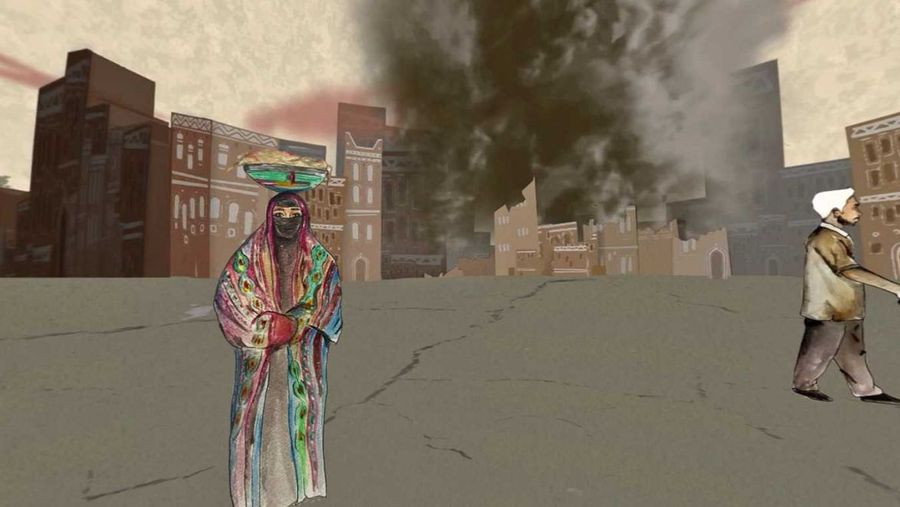
Are there any more unexpected lessons that you learned or challenges that you had to face when you first started working in the immersive media space?
There’s so much technical details in VR filmmaking that you’d have to be really aware about. For example, if one of your lenses has a blur or a smudge on it, then all of the footage becomes unusable. You can’t just place the camera in one spot; you also have to make sure that every lens is cleaned immaculately, because if there is a scratch or something on one end, then that shot is unusable in post.
Another thing that was really interesting to me when I started filming in VR was following action through sequencing was something that I found really interesting. In linear filmmaking you can do cutaways and sort of manipulate your footage in post in order to move a story forward. That’s not possible in VR filmmaking. You have to imagine what it’s gonna look like in post. I can’t just take my VR camera and be like, “Oh, let’s see what footage we get.” That’s not going to work at all.
The pre-production and the storyboarding that it requires is so much more detailed. Before I go out to film, the planning that I do sounds like, “I need this shot that’s gonna last me 20 seconds to include all of this action, and this next shot needs to stack here and this is what that shot will entail.”
"I also cannot emphasize networking enough. I know a lot of people that are incredibly talented, but the space is competitive and it’s crowded. So what really helps is when you’re able to engage with people who have more decision making power; that helps to make yourself known in the industry."
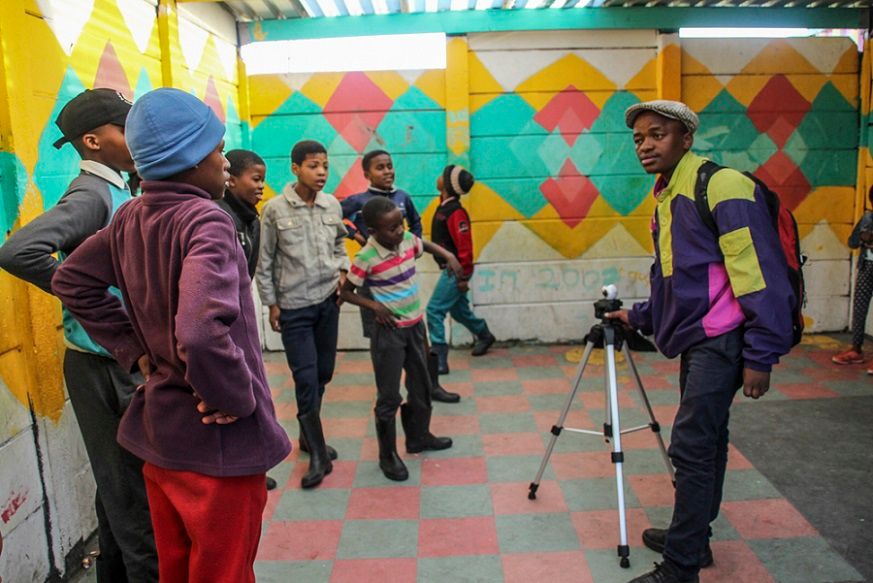
How does AJ Contrast make VR journalism more accessible to audiences who may not have access to the technology yet?
That’s a tough one. Because I feel like even though companies have been pushing the headset, I don’t know how widely they’ve been adopted. AJ Contrast tries to make sure that the stories that we’re doing are still available in some form to our audiences that might not have a headset. All of our documentaries that we do are also provided as 360º videos online, which makes them more accessible to international audiences.
For example, when we were doing the Nigeria doc, we collaborated with a local agency and Samsung in Lagos to actually do a popup where people could come and watch the video in the headsets. For two days, people could just come to the popup and watch the film. So on top of distributing 360º videos, we are also trying to do events whenever and wherever optimal so that people could see the films in their intended VR format.
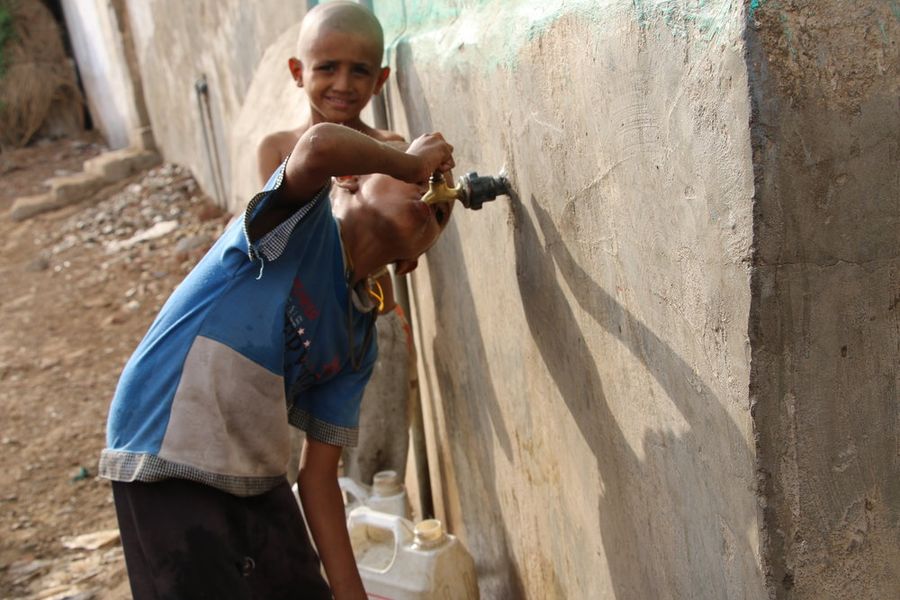
Are there any specific programs or schools that would be useful for someone hoping to break into this new industry?
The best way to actually learn about this work is to just do it to be honest. When I started my job at RYOT, I didn’t know anything about VR or about tech at first. I was literally learning on the job. When you’re young, just try to do all the different roles— produce, direct, and edit. Find what you love the most, and what you’re best at, but you should also have the skills to be able to understand what the other parts of production look like.
Also, don’t pigeon-hole yourself. Everybody should watch tons of work, and watch all the VR content that you can, but make sure that you’re also watching other forms of media. Because a lot of inspiration that I get for my work is not from the VR work—I read something that’s really interesting or I see a visual story that I find really cool and I think, “How would this work if we had to use this technique and apply it in VR?”
Are there any resources that aspiring VR documentarians and journalists should know about so they can be up-to-date on the trade, funding opportunities, and changes in tech?
My primary source for getting the information is actually conferences and film festivals. And I understand that’s not quite accessible for anybody, but I say there’s no one specific publication that I follow for news about VR. Journalism 360º funds a lot of projects, and festivals like Tribeca also support immersive content. There are many places that can give access to funding and resources to learn more.
There’s also some Facebook groups that I know like Women in VR that exist. If you looked into it, you’d be able to find more specific groups and resources. I also cannot emphasize networking enough. I know a lot of people that are incredibly talented, but the space is competitive and it’s crowded. So what really helps is when you’re able to engage with people who have more decision making power; that helps to make yourself known in the industry.
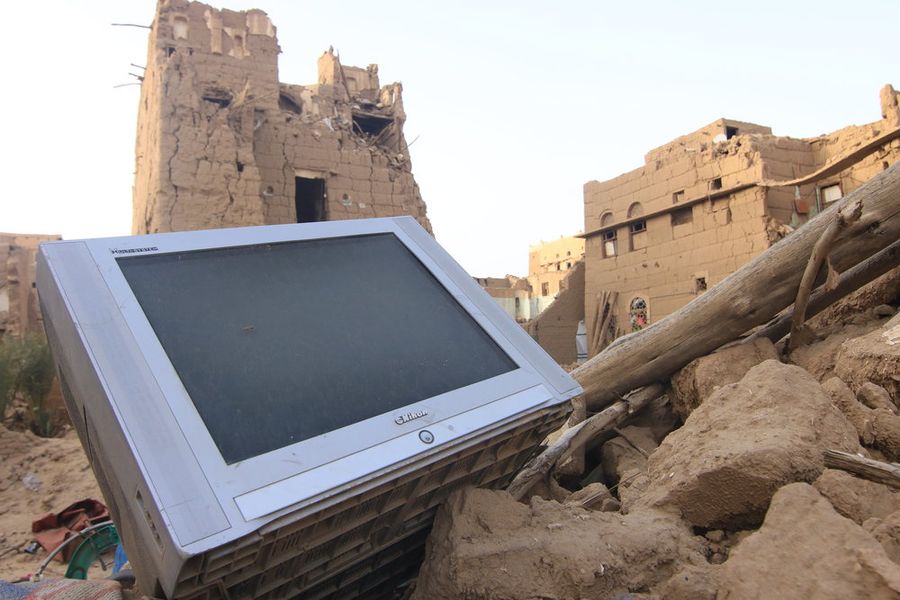
Do you think that immersive media, as a relatively newer side of the industry, is a particularly good environment for women to get into?
No environment in the media is “good” for women. But, I have seen a lot more women than before in the immersive space. That doesn’t mean you can say that it’s much “easier” or “better.” I think it’s still hard for women to get funding for projects in this space, particularly harder for women of color, but you are seeing a lot more women participating in this industry.
Zahra Rasool
Zahra Rasool is the Editorial Lead for Contrast VR — Al Jazeera’s new immersive media studio where she focuses on the production of compelling 360-degree video, VR/AR content. Before joining Al Jazeera’s Innovation Team, she was the Managing Editor of HuffPost RYOT where she was responsible for RYOT’s editorial strategy, managing the content team and combining journalistic storytelling with VR and 360- degree technology. She used VR to cover the 2016 conventions in Cleveland and Philadelphia. This was HuffPost’s first election coverage using VR and 360-degree video.
In 2015, she founded her own startup Gistory that provides complete, concise and contextual news on a world map. She also worked with Fault Lines, an Emmy-award winning investigative documentary show on Al Jazeera. Her background is in documentary filmmaking and she is very passionate about new emerging platforms and immersive storytelling in shaping the future of the media.
